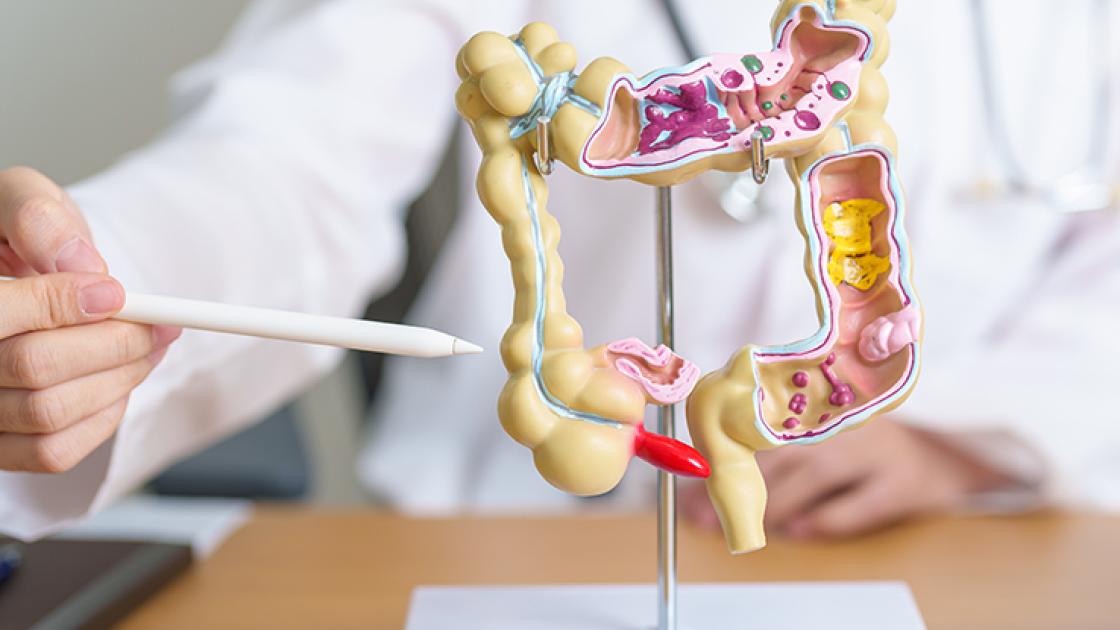
What is Pelvic Organ Prolapse?
You know all about menstruation, childbirth and menopause, but did you ever think you’d have to be concerned with something called Pelvic Organ Prolapse (POP)?
POP doesn’t get talked about much, but it’s far more common than you’d think, especially as you age. POP, a pelvic floor disorder where one or more of your pelvic organs drop from their position causing a bulge in the vagina called a prolapse. This happens when the muscles and tissue of the pelvic floor weaken, due to pregnancy, childbirth or menopause. The most common cause is delivering a baby vaginally.
Risk factors for POP
By age 40, POP affects 25% of women; by age 60, 33%; and by age 80, half of women. As a woman, you’re at greater risk for POP if
- You’ve delivered a baby vaginally, had more than one baby, delivered high birth weight babies or the delivery required using tools.
- You’ve had prior pelvic surgery.
- You’re obese.
- You have a family history of POP or connective tissue disorders.
- You have chronic coughing.
- You have chronic constipation.
- You often lift heavy objects.
Symptoms of POP
While POP can develop suddenly, it’s much more common to happen over time. Bladder leakage, or not being able to completely empty your bladder are often the first signs. Other symptoms include:
- Pain with sex
- Not being able to keep a tampon in
- Pelvic pressure or pain
- Bowel changes
- Seeing or feeling a bulge of tissue at the opening of the vagina
- Difficulty reaching orgasm
A pelvic exam can usually diagnose POP.
Treatment for POP
Women often don’t speak up if they have symptoms because they’re embarrassed or don’t even know that POP exists. While POP can be scary, there are good treatments available.
If your POP is mild, adding fiber to your diet, hydrating, doing core strength exercises and losing weight can help you feel better.
Nonsurgical treatments are the first line of offense against POP. While you’ve likely heard of Kegel exercises, it’s hard to actually perform them correctly without some instruction so your doctor will likely refer you to a physical therapist who can measure your muscle strength and teach you to do the pelvic floor exercise correctly.
Another simple solution is a pessary, a small, removable device that fits in the vagina to support your pelvic organs.
For more advanced cases, surgery might be necessary. There are two types of surgery: obliterative and reconstructive.
Obliterative surgery has a high success rate and is easily performed, but because it narrows or closes off the vagina, sex is not possible afterward.
Reconstructive surgery is the most common surgical option and it restores the organs to their correct positions. There are several types of reconstructive surgery, some done with an incision in the vagina and others with an incision in the abdomen or with laparoscopy.
Help for POP today
If you’re struggling with POP, the OB-GYN providers at SIU Medicine can help. Contact us for relief today.




